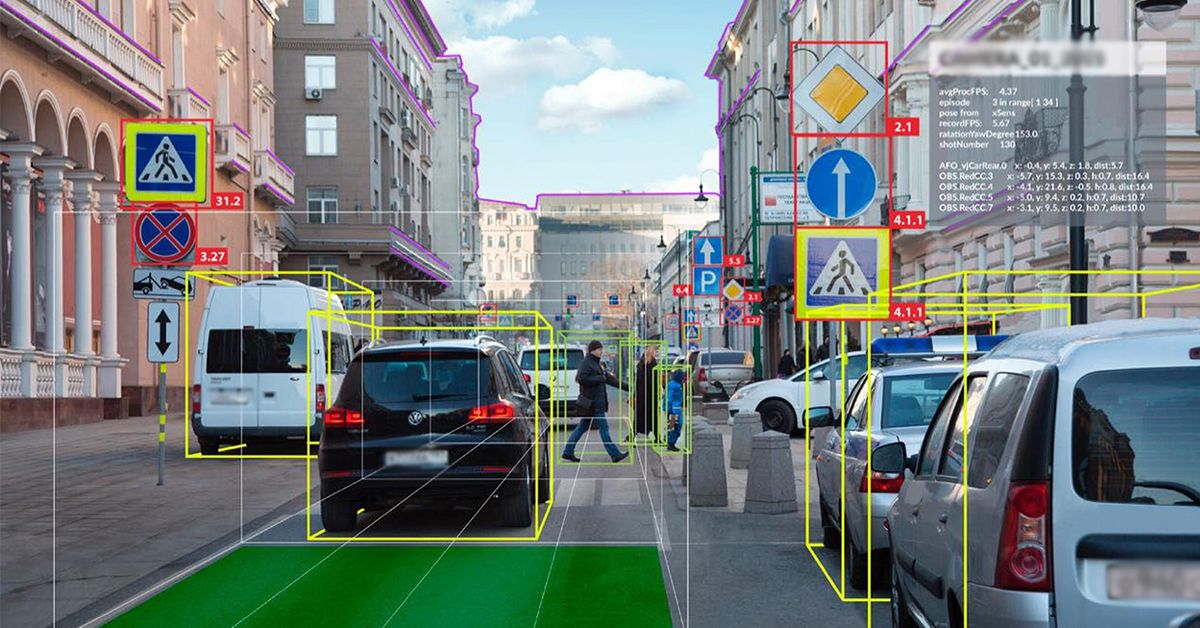
Haven’t we wondered how autonomous cars will whiz past our roads? When cars turn driverless, it’s certainly Artificial Intelligence (AI) at play. AI can mimic human intelligence and perform cognitive tasks just like we do them. Yet, navigating your car through the maze of traffic needs juggling many functions- observing other vehicles and avoiding collision, keeping a watch on pedestrians and conforming to traffic rules. You need technology that reads like human eye, decodes images and responds incredibly fast. That’s computer vision. It enables a computer or a digital device to observe and decipher visuals like human eyes. Deep learning, a subfield of AI paired with a neural network empowers computer vision.
Self-driving cars have become real as they have computer vision embedded into it. Makers like Tesla BMW, Volvo, and Audi use multiple cameras, LIDAR, RADAR, and ultrasonic sensors to make sure that their self-driving cars can detect objects, lane markings, signs and traffic signals to safely drive.
Tech mimicking human vision- How does it work?
Computer vision works in the same way as the human vision does. But human sight has the natural advantage of a lifetime of context to distinguish objects, tell their locations and detect any error in images. Just think the ease with the human eye spots the difference between a cat and a dog or distinguishes a potato from an avocado. But for an AI enabled device, developing this scale of cognitive perception and understanding of the surroundings needs much effort. Just as the human eye processes images with retina, optic nerves and a visual cortex, computer vision replicates the same activity in much less time with cameras, data and algorithms. However, a computer vision has to run analyses on data over and over again till it acquires the ability to make distinctions and recognize images. For example, to enable computer vision to tell a defective tyre apart from a normal one, thousands or even millions of images on tyres have to be fed to the system.
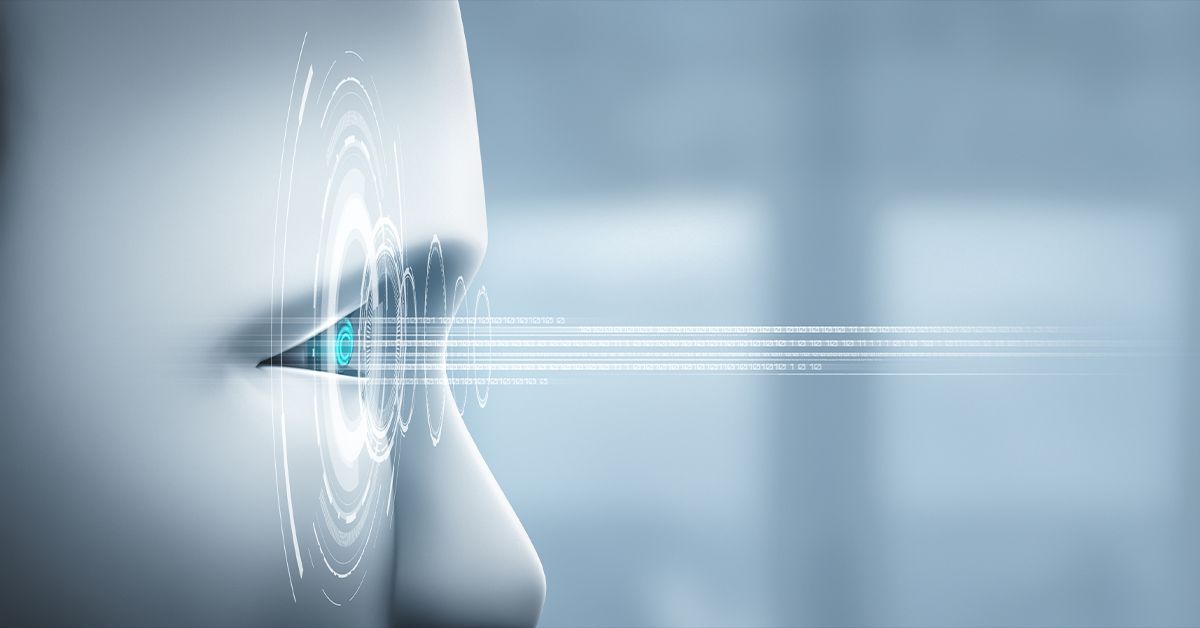
What’s driving Computer Vision Tech?
Today, computer vision is used across industries ranging from energy and utilities to manufacturing and automotive – and the market is continuing to grow. In fact, the market for this promising UX (User Experience) technology is slated to reach $48.6 billion in 2022. These applications are growing as a result of an influx of visual information from smartphones, security systems, traffic cameras, and other visually instrumented devices. Each day, more than three billion images are shared online. Today, this data is largely unused, but it could play a major role in operations.
You didn’t realize computer vision is already in action..
Apple Photos:
It is an excellent example of computer vision in action. The app is able to access our photo collections, automatically tags our photos, and allows us to browse a more organized collection of pictures.
Google Translate app:
When you have to read signs in a foreign language, pointing your phone camera at the words lets the Google Translate app tell you what they mean in your preferred language instantly.
Healthcare:
Around 90 per cent of all the medical data is generated by images and this has opened up a plethora of use cases for computer vision in medicine. According to Google, computer vision tools help diagnose cancer metastasis with much greater accuracy than human doctors.
CSM Tech taps Computer Vision for visitor pass system
CSM Technologies has tapped computer vision technology in electronic pass management system for visitors to the Odisha Secretariat. The system uses 128 vector points with KNN ( K-Nearest Neighbor) algorithm, for faster and accurate recognition as it identifies distinguishable facial features within just 2- 3 seconds, which otherwise could have taken 30 or more minutes at the counter for approval. Available both in the portal and as a mobile app, the system is capable of generating detailed reports on Visitor Analytics, capturing data like approved and rejected requests, the count of visitors and the frequency, thus helping the government to make prudent decisions. It also makes the government interface easy for registered visitors as they can apply and check status of their requests as well as grievances lodged online.
The Future- Complementing data with visual power
The applications of computer vision will only proliferate in the future. If data is the new oil, computer vision is the value added fuel since this technology provides more insights than you can derive from data only. Computer vision complements data with visual information, making it richer and more useful, and catalyzing a new wave of growth for enterprises.







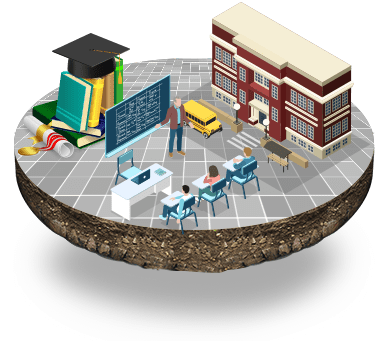
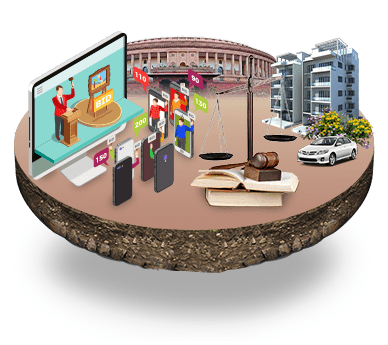
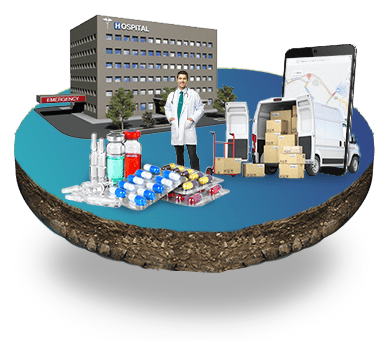


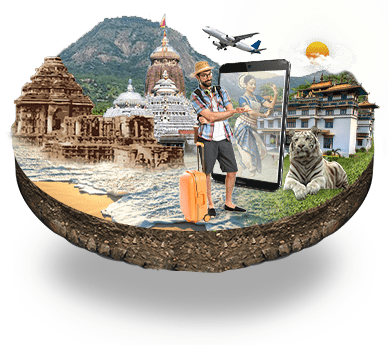


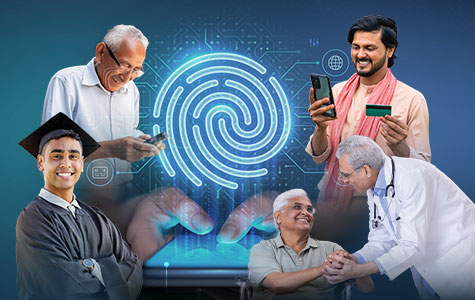
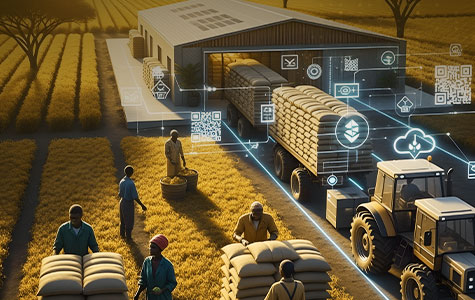
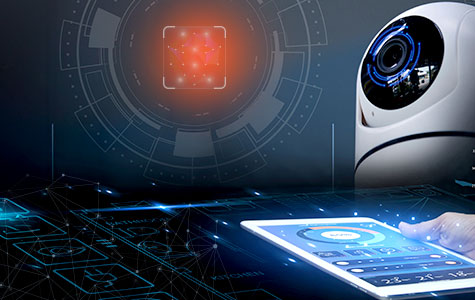

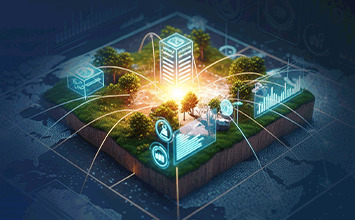



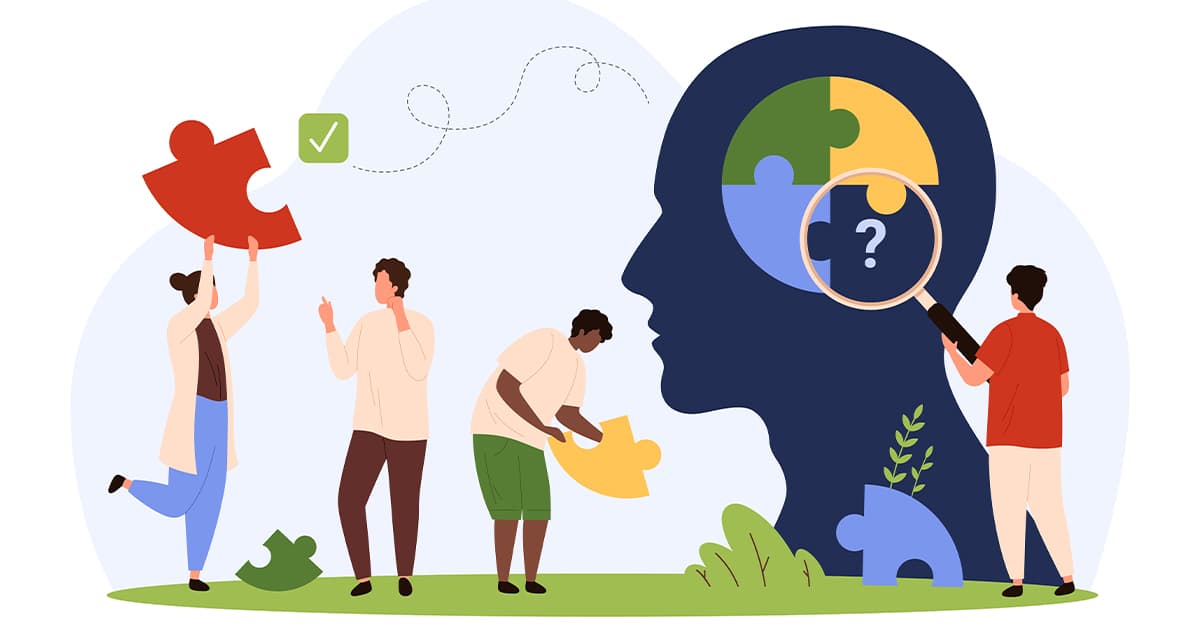
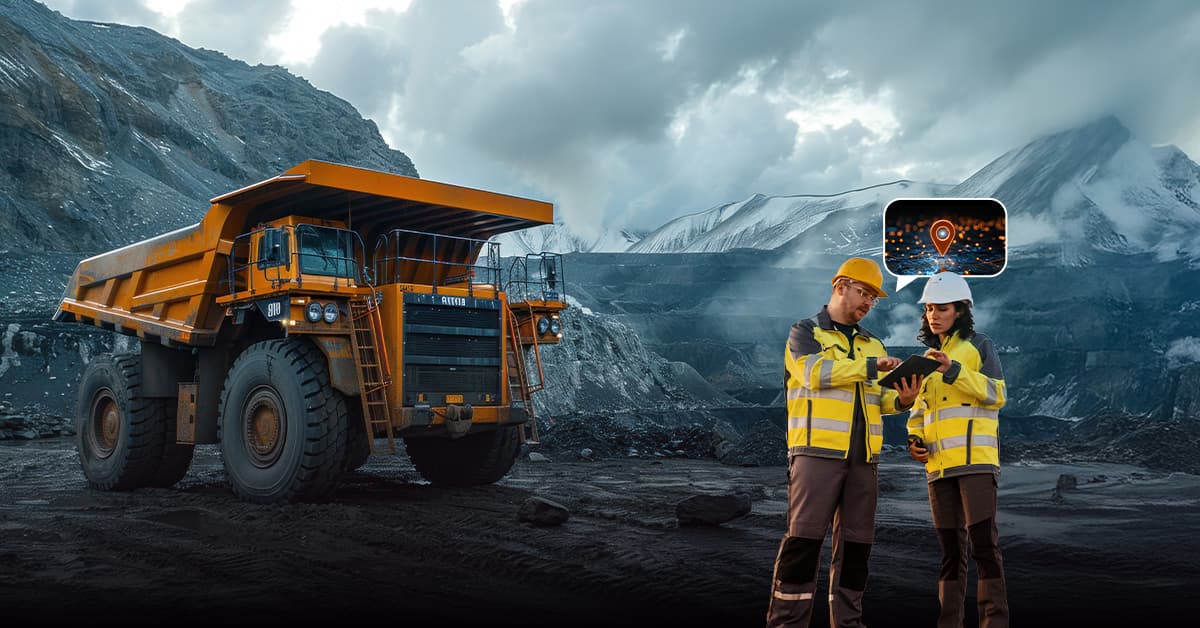
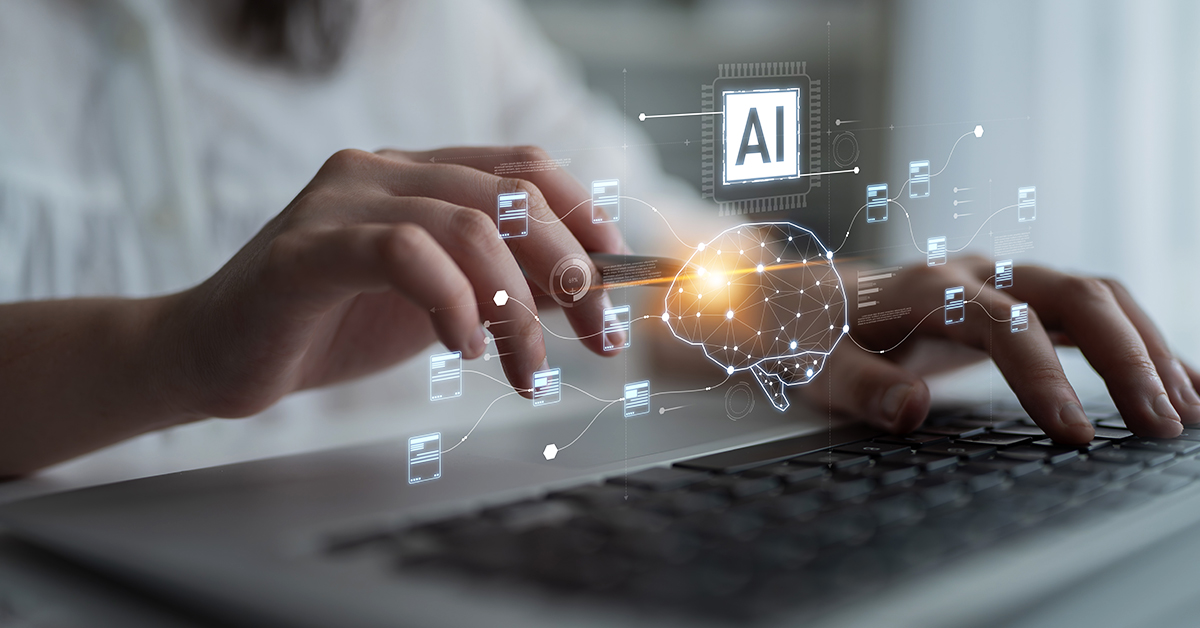


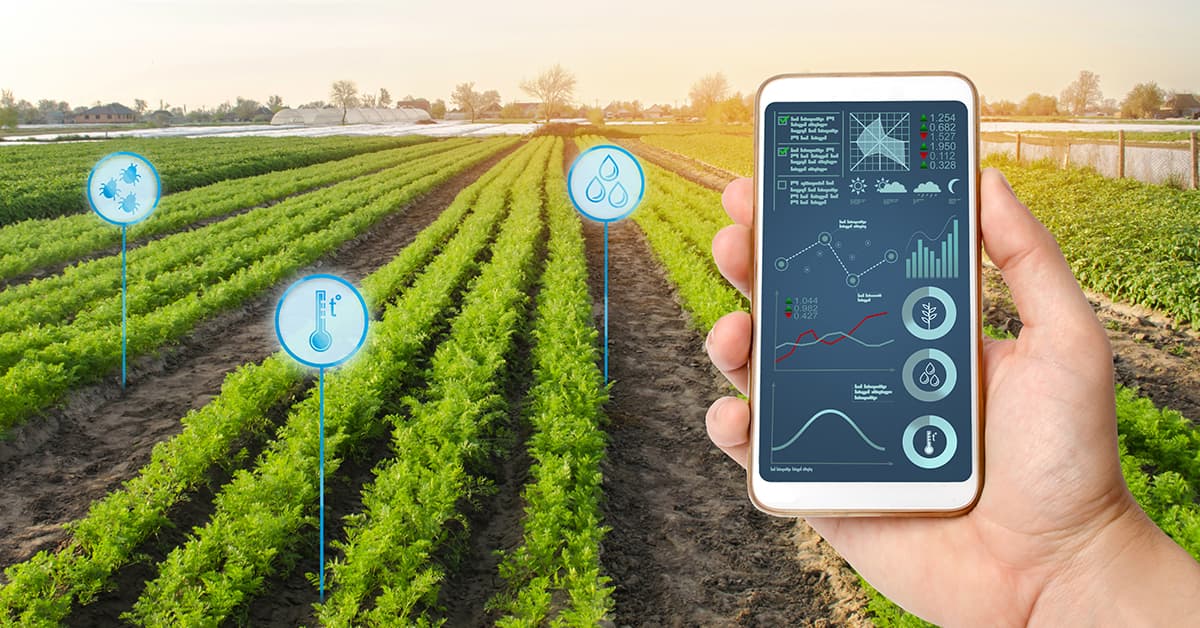
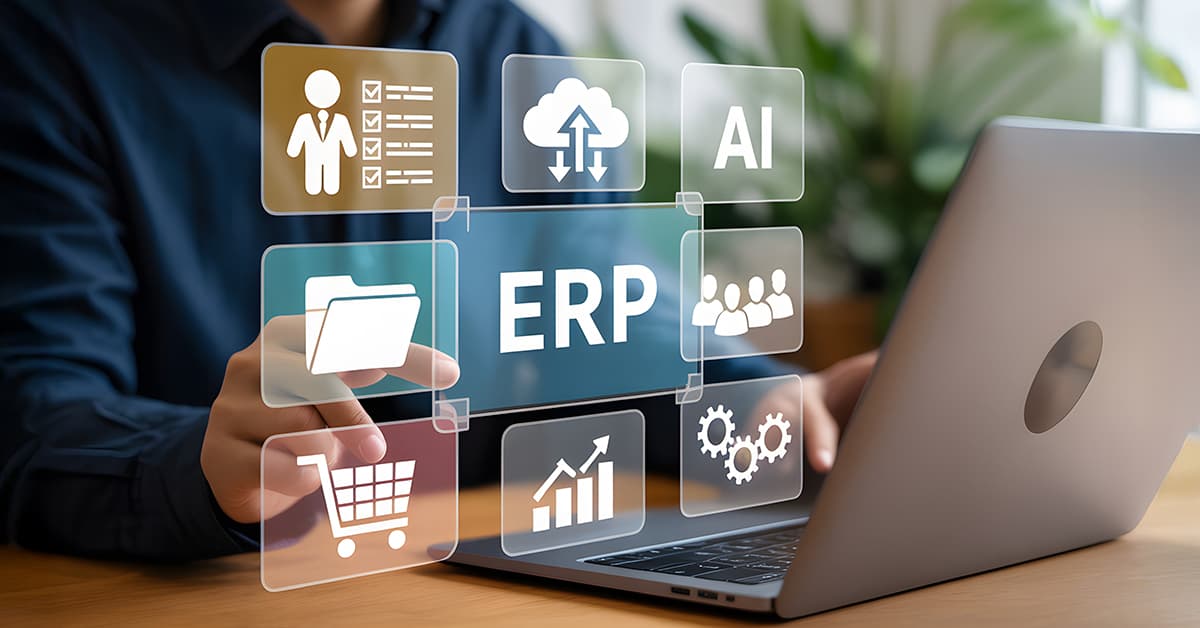
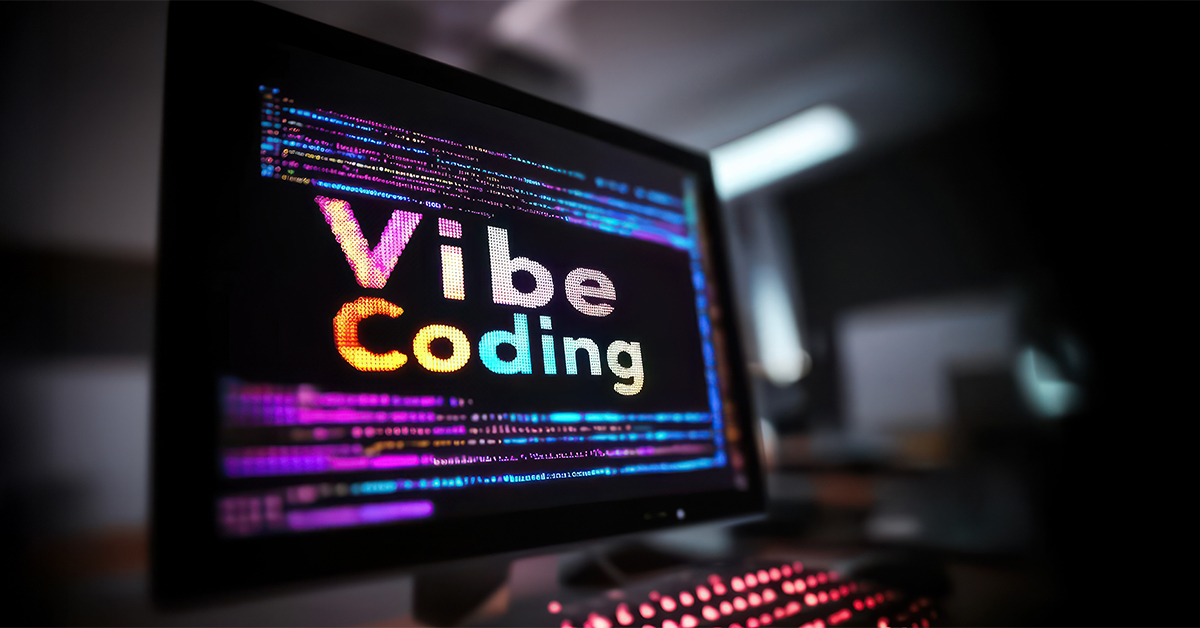






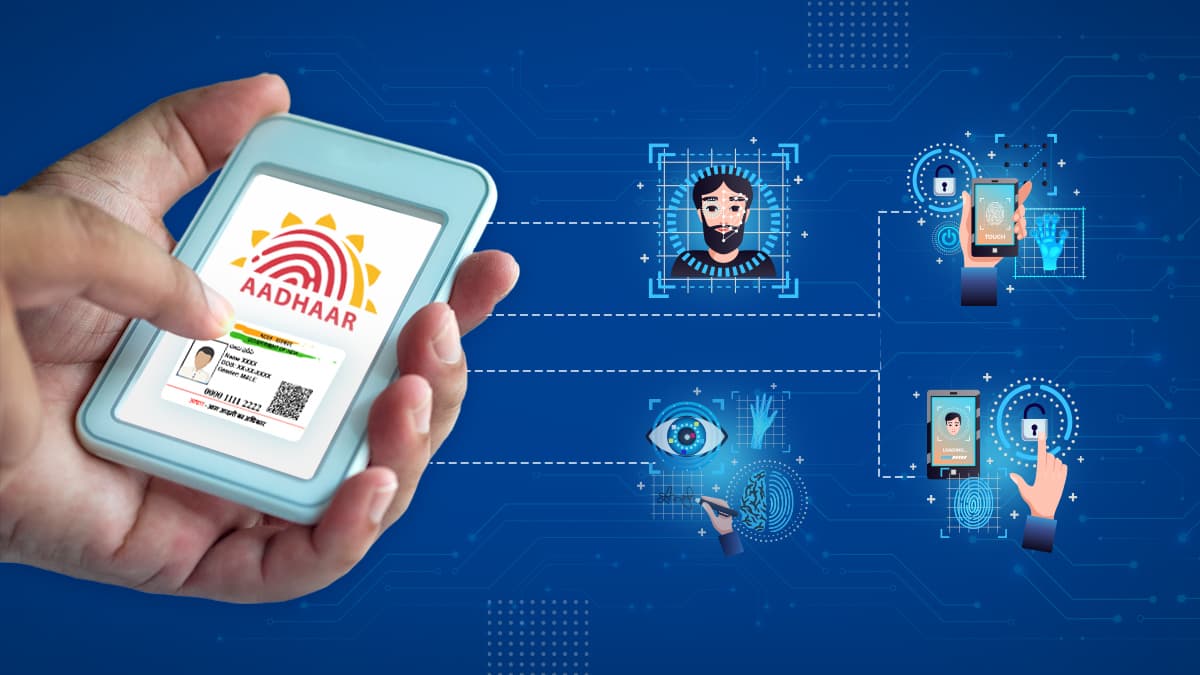


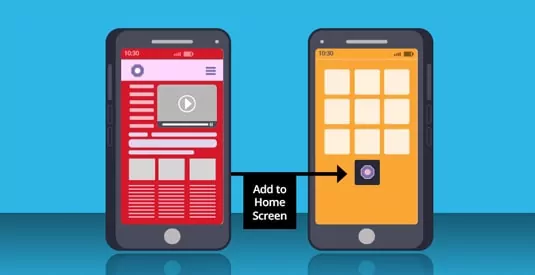

We will verify and publish your comment soon.